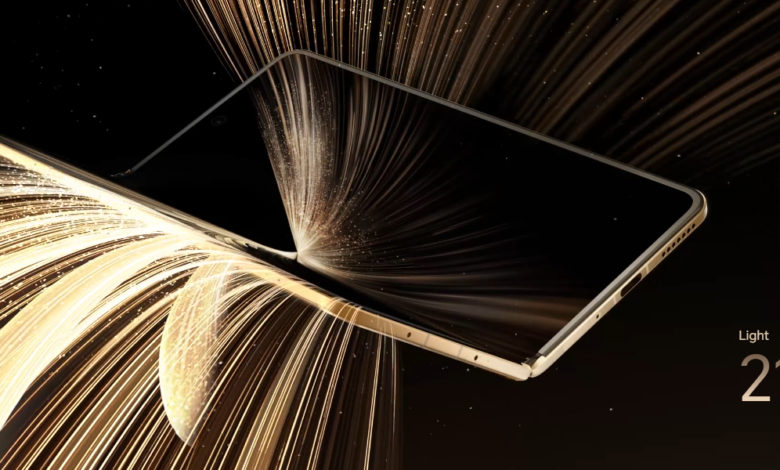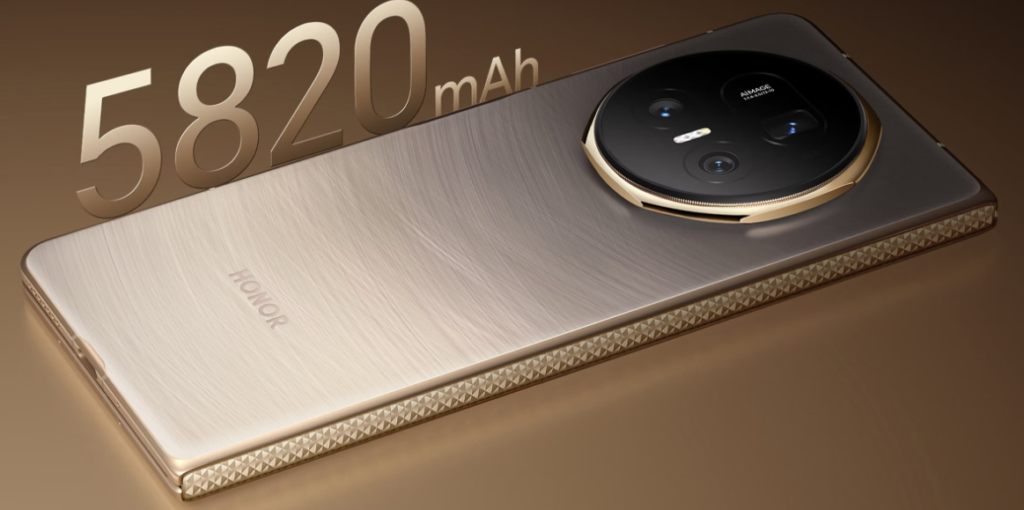Folding Phone Design Trends 2025

Folding phones are reshaping the smartphone landscape, offering unprecedented design innovation. As we approach 2025, these devices promise to evolve even further, showcasing advancements in hinge mechanisms, displays, and overall durability. This blog delves into the upcoming trends in folding phone design, providing an in-depth analysis of innovations that consumers can expect. With tech giants like HONOR leading the charge, 2025’s folding phones will surely redefine what we consider possible in mobile technology.
Hinge & Fold Mechanism Upgrades
Next-gen gearless and multi-axis hinges
The future of folding phones lies in the meticulous engineering of their hinges. Transitioning from the traditional gear-based mechanisms, manufacturers are moving towards gearless models that promise smoother, quieter folds. Multi-axis hinges will allow for more flexibility, creating devices that open and close like a book. This innovation not only enhances the user experience but also promises longer-lasting performance. As these hinges become more refined, we can expect fewer mechanical issues, a common concern in first-generation foldables.
Crease control and durability focus
One of the critical challenges with folding phones is managing the screen crease. In 2025, advancements in materials and engineering will focus on minimizing this issue. Manufacturers are experimenting with improved high-tech polymers and coatings that offer greater durability while maintaining visual clarity. These features aim to extend the lifespan and aesthetic appeal of foldable devices. The integration of these technologies not only enhances design but also boosts consumer confidence in the durability of foldable phones.
Slimmer and Lighter Builds
Ultra-thin materials and design integration
As folding phones mature, reducing bulk without compromising functionality is key. Innovative ultra-thin materials are driving this trend, allowing for seamless integration of components. Technologies like laminated displays and compact batteries are paving the way for sleeker models. These advancements ensure that foldables don’t just feel like two phones stuck together but are unified devices with polished aesthetics. Achieving this balance of slimness and functionality will be a crucial area of focus for designers in 2025.
Balancing weight and strength
Creating a lightweight device is important, but it should also be resilient. 2025’s folding phones will likely use stronger yet lighter alloys and plastics, providing durability without the heft. Balancing these aspects is essential to retain a premium feel while ensuring longevity. As designers and engineers collaborate more closely, we can anticipate devices that are not just thinner and lighter but also robust enough to withstand everyday use without compromising on strength or build quality.
Display Innovation
Foldable OLED and hybrid glass tech
The development of foldable OLED technology is revolutionizing displays. In 2025, these screens will become more common, offering deep blacks, vibrant colors, and energy efficiency. Hybrid glass solutions, providing flexibility and strength, will complement these displays. As suppliers refine these technologies, expect folding phones to provide a viewing experience akin to traditional screens, with the added bonus of portability. These advancements will redefine visual expectations and set new standards.
Visual clarity and scratch resistance
Display quality and resilience are critical for foldables. Future devices will prioritize scratch-resistant coatings and higher resolution screens for optimal visual clarity. Technologies that augment pixel density without increasing weight will enhance user experiences. As a result, screens remain clear and undistorted, crucial for day-to-day use. These developments ensure that folding phones will continue to meet — and exceed — the demands of modern consumers who prioritize both aesthetics and functionality.
Durability and Protection
Improved IP ratings and stress tests
As folding phone designs advance, so will their durability features, such as IP ratings. By 2025, achieving IP68-equivalent ratings for water and dust resistance will become a standard. Enhanced stress testing, including drop and pressure simulations, will ensure devices withstand harsh environments. These enhancements provide users not only with peace of mind but also with a product that maintains its integrity under various conditions, pushing the boundaries of current smartphone capabilities.
Long-life frames and materials
Ensuring the longevity of foldable phones involves using robust materials for frames and exteriors. By 2025, manufacturers will incorporate alloys and polymers designed for high endurance, resulting in frames that resist wear and tear. These materials offer both flexibility for folding and hardness for protection, striking a balance critical for pioneering folding designs. As a result, consumers will benefit from devices that remain functional and aesthetically pleasing over extended periods.

Case Study: HONOR Magic V5
Design and feature overview
The HONOR Magic V5 is a testament to innovative design and engineering. With dimensions measuring 156.8 mm in height and adjustable widths and depths, it exemplifies the achieved balance between form and function. The device weighs approximately 217 to 222 g, showcasing the brand’s commitment to creating a lightweight yet resilient phone. The display offers stunning visuals with its foldable OLED inner screen and is protected by HONOR’s specialized screen materials, making it a benchmark for future folding phones.
What it reveals about 2025 trends
Examining the HONOR Magic V5 reveals key trends for folding phones in 2025. It emphasizes the importance of high-resolution displays and robust durability features while pushing the envelope on lightweight construction. The focus on improved hinge mechanisms and water resistance underscores the shift towards creating foldables that seamlessly integrate cutting-edge technology and user-friendly design. As we move forward, these innovations hint at a future where foldable devices not only meet but exceed consumers’ expectations.
Conclusion
The landscape of folding phones is rapidly evolving as we approach 2025. With innovations in hinges, display technologies, and materials, these devices are set to become more practical and aesthetically refined. The HONOR Magic V5 in ksa serves as a preview of these advancements, highlighting trends that will shape the industry. As we look forward to these interventions, folding phones are expected to play a pivotal role in redefining user experiences, combining sophistication with state-of-the-art technology.





